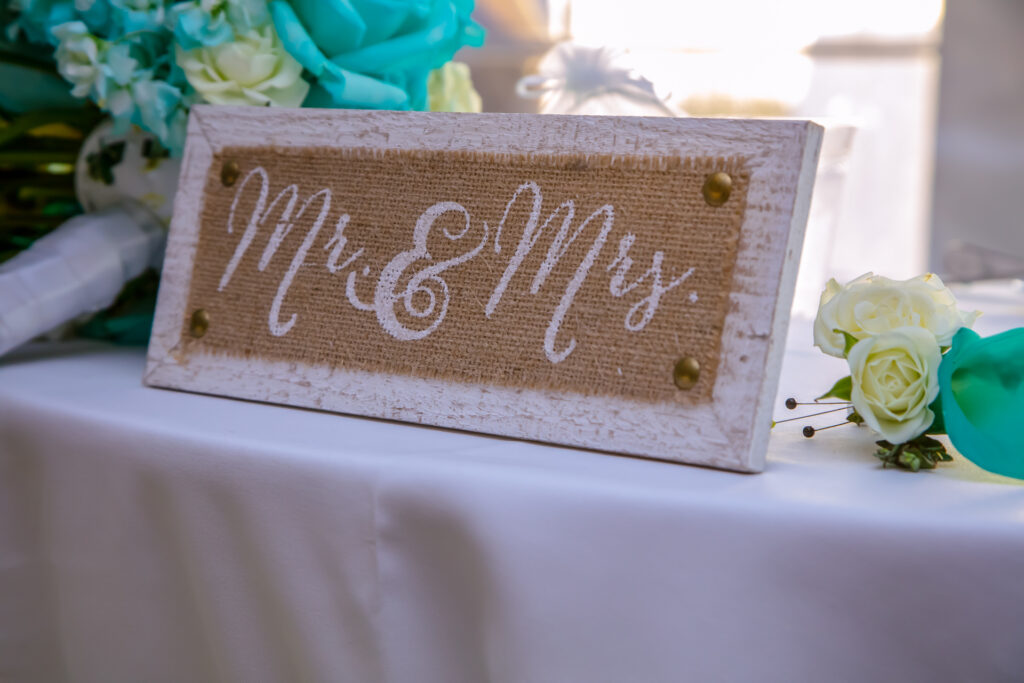Budgeting for Your Dream Wedding: A Comprehensive Guide
Your wedding day is a once-in-a-lifetime event, a celebration of love and commitment that you’ve been dreaming of for years. While it’s undoubtedly a joyful occasion, the cost of a wedding can be a major source of stress. Planning your wedding budget wisely is key to ensuring a beautiful and memorable day without breaking the bank. In this comprehensive guide, we’ll walk you through the essential steps to create and manage a wedding budget that works for you.
Setting Your Budget:
The first step in wedding budgeting is determining how much you’re willing to spend on your special day. Consider your financial situation, contributions from family, and your priorities for the wedding. This initial budget will serve as your roadmap.
Create a Detailed Spending Plan:
Break down your budget into various categories, such as venue, catering, attire, flowers, photography, and entertainment. Allocate specific amounts to each category based on your priorities.
Research and Prioritize:
Research the average costs of wedding services and venues in your area. This will help you set realistic expectations and make informed decisions about where to allocate your budget. Prioritize elements that are most important to you and your partner.
Keep a Buffer:
It’s essential to set aside a contingency fund (usually around 10% of your budget) to cover unexpected expenses that may arise during the planning process.
Guest List Management:
The number of guests significantly impacts your budget. Consider trimming your guest list to reduce costs, and avoid the temptation of inviting acquaintances or distant relatives who may not be essential to your celebration.
DIY vs. Professional Services:
Determine which aspects of your wedding you can handle on your own or with the help of friends and family, and where you’ll need professional services. DIY can be cost-effective but may require more time and effort.
Negotiate and Compare Vendors:
Seek quotes from multiple vendors for each category and be prepared to negotiate. Compare offers, read reviews, and choose vendors who align with your vision and budget.
Track Expenses:
Use budgeting software or spreadsheets to track expenses meticulously. This will help you stay on top of your budget and make adjustments as needed.
Reduce, Reuse, and Recycle:
Consider sustainable practices, such as repurposing ceremony flowers for the reception or renting decor items instead of buying. Reducing waste can also save you money.
Get Creative with Savings:
Look for ways to save money, like opting for an off-season wedding date or having a brunch or buffet-style reception instead of a formal dinner.
Stay Flexible:
Throughout the planning process, be open to adjusting your budget based on changing priorities, unexpected costs, or new opportunities.
Open Communication:
Finally, maintain open and honest communication with your partner and any contributors to the wedding budget. It’s essential to be on the same page and make decisions together.
Conclusion: Budgeting for your dream wedding is a practical and manageable process when approached with careful planning and consideration. By following the steps outlined in this guide, you can create a budget that allows you to celebrate your love without excessive financial stress. Remember, your wedding day is about the love and commitment you share, and there are many ways to make it special within your means. With the right financial plan, your dream wedding can be both magical and financially responsible.






